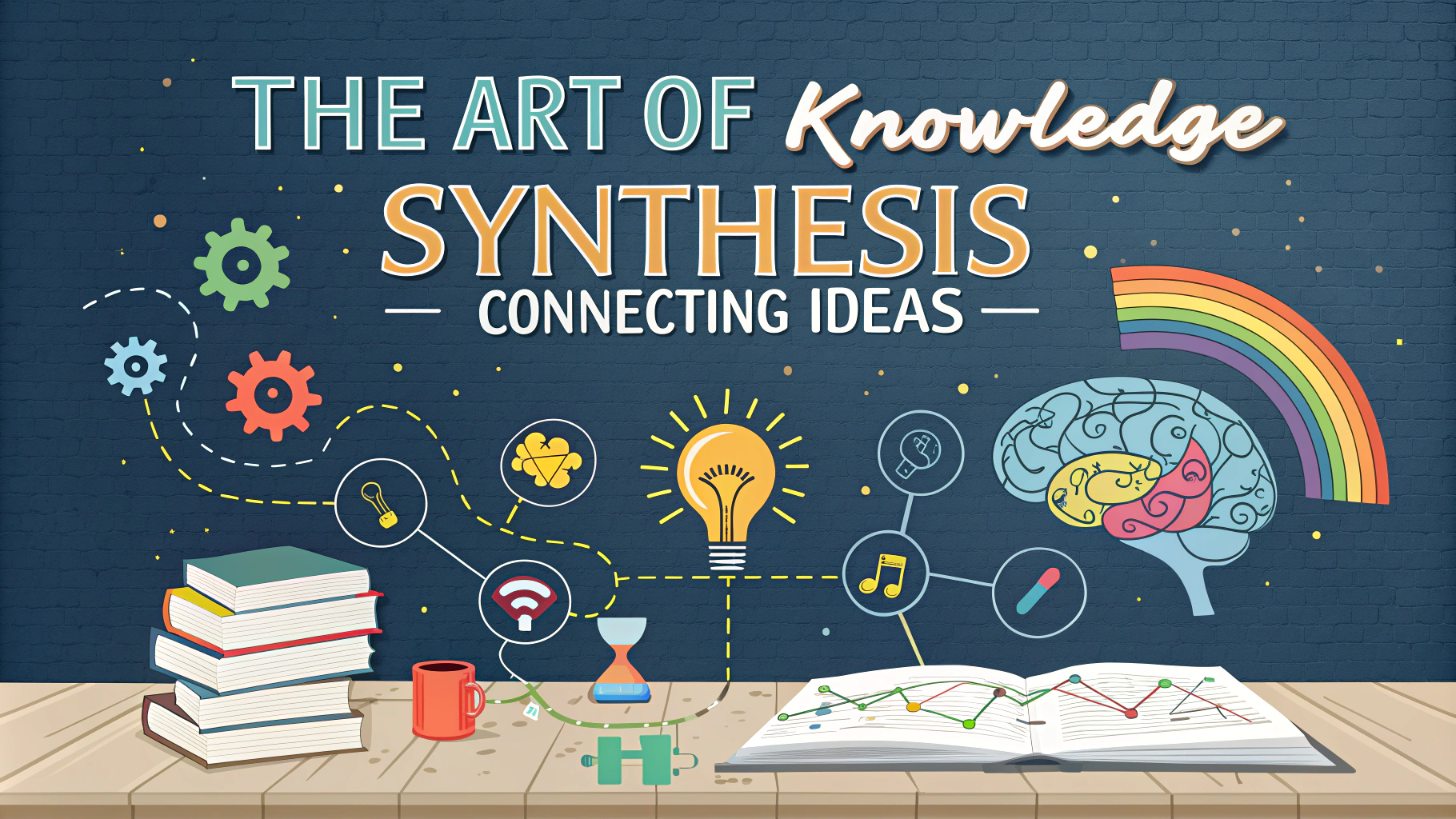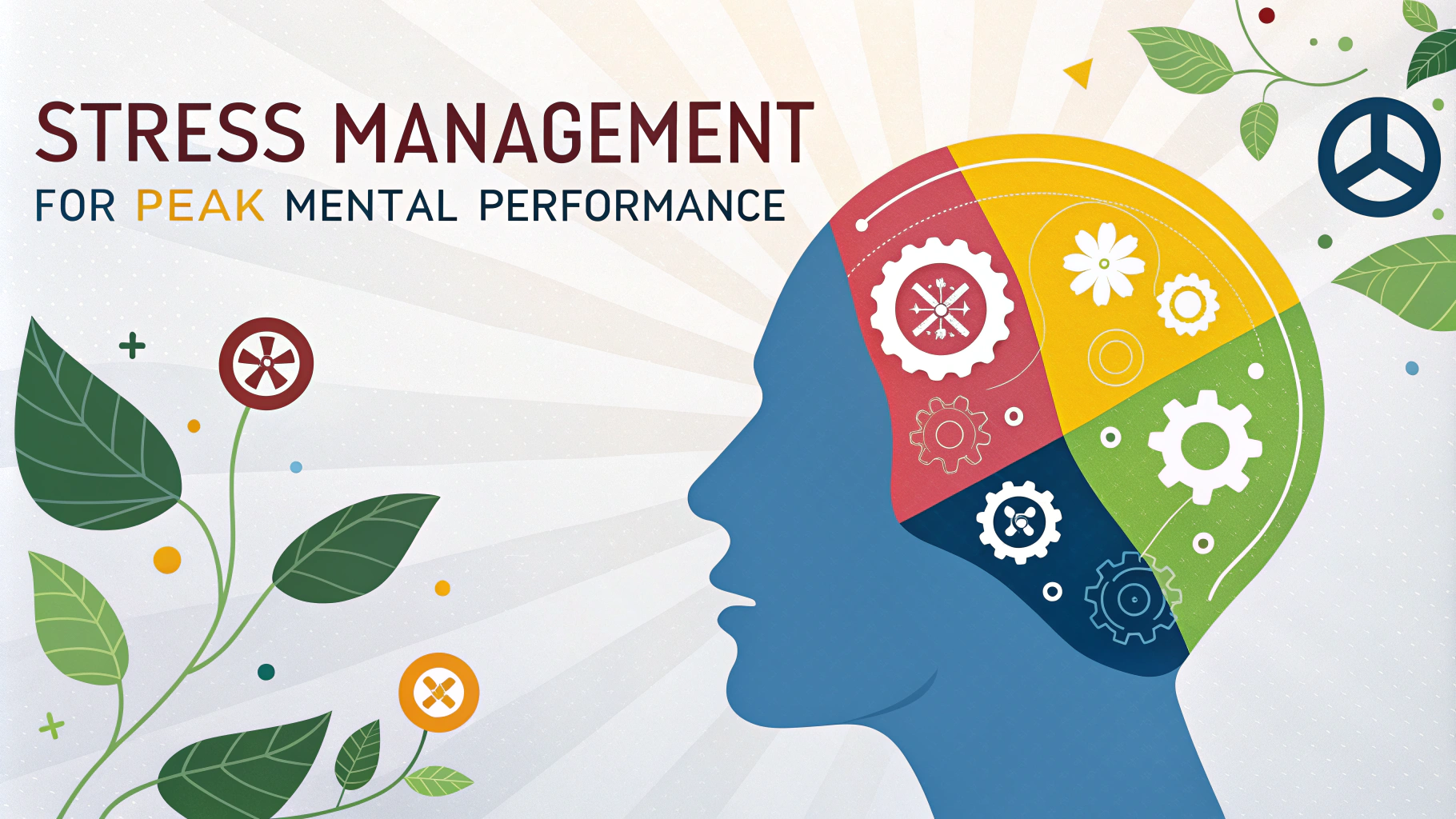Learning styles influence how we absorb, process, and retain information most effectively.
This quick guide helps you identify your primary learning style and provides practical strategies to enhance your learning experience.
The Main Learning Styles
- Visual (Spatial): Learn through seeing
- Auditory (Aural): Learn through hearing
- Reading/Writing: Learn through text
- Kinesthetic: Learn through doing
Signs You’re a Visual Learner
- Prefer diagrams and charts
- Remember faces better than names
- Take detailed notes
- Enjoy color-coding information
Signs You’re an Auditory Learner
- Learn best through lectures
- Remember spoken instructions well
- Benefit from group discussions
- Often talk through problems
Signs You’re a Reading/Writing Learner
- Enjoy making lists
- Prefer reading instructions
- Take notes in words
- Learn through writing and rewriting
Signs You’re a Kinesthetic Learner
- Learn by doing
- Prefer hands-on activities
- Often fidget while thinking
- Remember things by practicing them
Quick Assessment Tips
Take a free VARK questionnaire at VARK-Learn.com to identify your learning style.
Study Strategies by Learning Style
| Learning Style | Effective Study Methods |
|---|---|
| Visual | Mind maps, diagrams, color-coding, videos |
| Auditory | Podcasts, recorded lectures, group discussions |
| Reading/Writing | Flashcards, summarizing notes, rewriting information |
| Kinesthetic | Role-playing, experiments, physical movement |
Tips for Mixed Learning Styles
Most people have a combination of learning styles, with one being dominant.
Action Steps
- Observe your natural learning preferences
- Try different study methods
- Keep a learning journal to track what works
- Adapt your environment to support your style
Contact educational psychologist Dr. Sarah Thompson at [email protected] for personalized learning style assessments.
Remember that learning styles can change over time and adapt based on the subject matter or environment.
Resources for Further Learning
- LDPride.net – Free learning style assessments
- Learning-Styles-Online.com – Additional resources and tips
- Book recommendation: “The Power of Different Learning Styles” by Howard Gardner
Common Learning Challenges
- Mismatched teaching and learning styles
- Limited access to preferred learning materials
- Time management across different learning methods
- Environmental constraints
Maximizing Learning Potential
Creating an Optimal Learning Environment
- Dedicated study space aligned with your style
- Proper lighting and temperature control
- Minimal distractions
- Required tools and materials readily available
Technology Integration
- Educational apps for different learning styles
- Virtual reality for visual/kinesthetic learners
- Audio learning platforms
- Digital note-taking tools
Conclusion
Understanding your learning style enhances educational efficiency and effectiveness. While individuals may favor certain learning methods, flexibility and adaptability across different styles often yields the best results. Regular assessment and adjustment of learning strategies ensures continuous improvement in personal education.
Remember that learning styles are guidelines rather than strict rules. Experiment with different approaches to find what works best for you in various situations.
Key Takeaways
- Identify your primary learning style
- Implement appropriate study strategies
- Create supportive learning environments
- Remain open to multiple learning approaches
- Regularly evaluate and adjust methods
FAQs
- What are the main different learning styles?
There are four primary learning styles: Visual (learning through seeing), Auditory (learning through hearing), Reading/Writing (learning through text), and Kinesthetic (learning through doing). This is known as the VARK model. - How can I identify my dominant learning style?
You can identify your learning style through formal assessments like the VARK questionnaire, by observing how you best retain information, and by noting which teaching methods resonate most with you in learning situations. - Can someone have multiple learning styles?
Yes, most people are multimodal learners, meaning they can effectively use two or more learning styles. It’s common to have a dominant style while still being able to learn through other methods. - How does knowing your learning style improve study efficiency?
Understanding your learning style helps you choose appropriate study techniques, organize information in ways that work best for you, and create more effective study environments, potentially reducing study time by 50% or more. - What study techniques work best for visual learners?
Visual learners benefit from mind maps, diagrams, color-coding, flowcharts, videos, and using symbols or images to represent concepts. They also retain information better when using highlighters and creating visual summaries. - How can auditory learners maximize their learning potential?
Auditory learners should focus on recording lectures, participating in group discussions, using verbal repetition, creating mnemonics, reading aloud, and explaining concepts to others to enhance their understanding. - What strategies work best for kinesthetic learners?
Kinesthetic learners learn best through hands-on activities, role-playing, laboratory experiments, building models, taking frequent breaks, and incorporating movement into their study sessions. - Do learning styles change over time?
While core preferences typically remain stable, learning styles can evolve with age, experience, and subject matter. Additionally, people often develop stronger secondary learning styles through practice and exposure. - How should teachers accommodate different learning styles in the classroom?
Teachers should incorporate diverse teaching methods including visual aids, verbal explanations, written materials, and hands-on activities to ensure all learning styles are addressed. This multi-modal approach benefits all students. - Are learning styles linked to academic performance?
While learning styles can influence how effectively someone studies, research shows that matching teaching methods to preferred learning styles alone doesn’t guarantee academic success. The key is using multiple learning strategies and good study habits.








